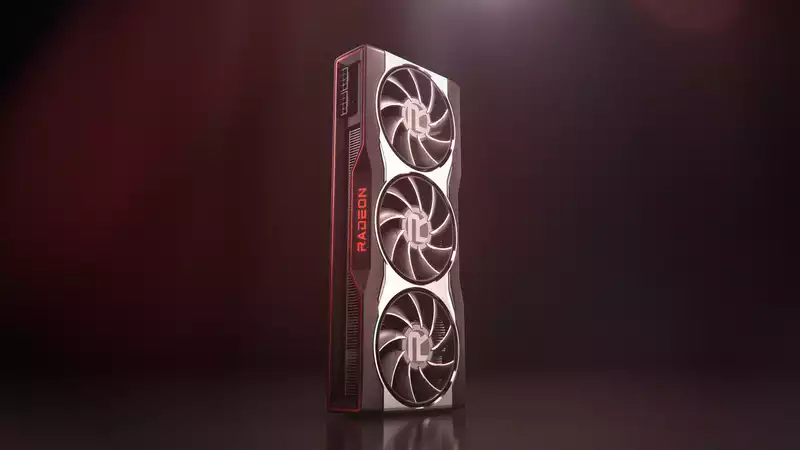Specs for the "Nvidia killer" AMD Big Navi graphics card have been found in a Linux update, indicating that this GPU could challenge the Nvidia GeForce RTX 3080
A Reddit user discovered that a new ROCm (Radeon open compute) firmware update details two graphics cards based on AMD's new RDNA 2 architecture, which powers graphics for the PS5 and Xbox Series X We have discovered that the update contains The update listed the codenames Sienna Cichlid and Navy Flounder, which appear to be the Big Navi (Navi 21) and Navi 22 or 23 graphics cards
AMD has already announced that it is working on the Radeon RX 6000 series, which is scheduled to be unveiled on October 28, so one would expect more than one next-generation GPU from Team Red However, our colleagues at Tom's Hardware point out that the most interesting aspect of BIg Navi is that it will have 80 compute units and use a 256-bit memory bus To put the hardware numbers in perspective for a moment, each CU is equivalent to 64 steam processors, so 80 CUs equals 5,120 stream processors
Currently, AMD's Radeon stream processors cannot be compared to Nvidia's CUDA cores, but 5,120 stream processors is a lot Also, considering that RDNA 2 uses a 7-nanometer process, it is quite possible that Big Navi will be as efficient as RTX 3080 with similar performance
AMD Big Navi is predicted to fold on the heels of the GeForce RTX 3080, and the specs on this Linux listing seem to support that However, Big Navi is still more than a month away This means that AMD has room to tweak the performance of its graphics cards, and we should be a bit cautious about taking these numbers at face value
As previously mentioned, if Big Navi can offer performance similar to the RTX 3080 but at a cheaper price, Big Navi could be a winner, given that Nvidia's graphics cards are very hard to buy at the moment
As for Navy Flounder, this graphics card has 40 CUs and uses a 192-bit memory bus This will likely be a mid-range graphics card that will replace the older Radeon RX 5700 XT and will challenge the likes of the GeForce RTX 3060
We will have to wait a few weeks before more details about AMD's next-generation graphics cards are revealed But for PC gamers eager to upgrade their GPUs, the fall will indeed be an interesting time










Comments